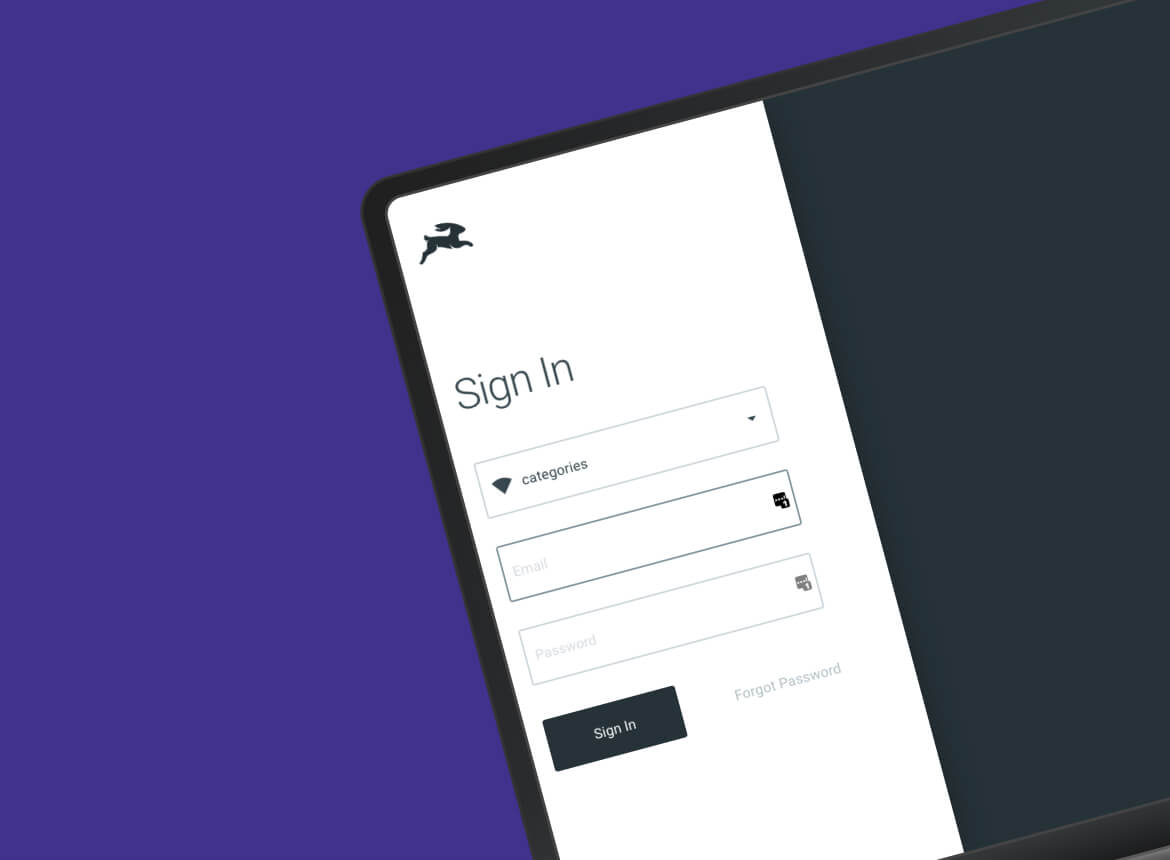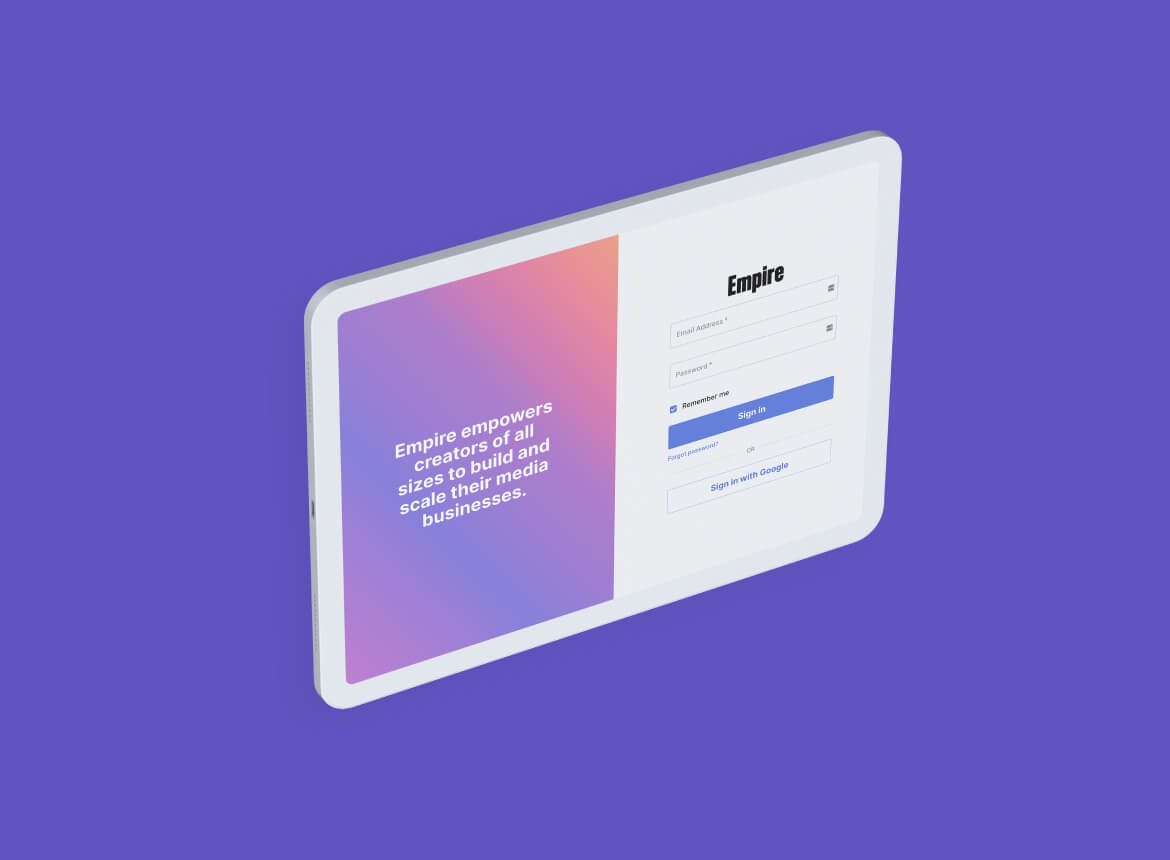Vulnerability Scanning Services
Proactively detect and address security flaws before attackers exploit them

Human-Verified Scanning
We manually validate every finding. No duplicates, no vague plugin data. Just clear, prioritized vulnerabilities with actionable fixes.
It’s not penetration testing, but if you need reliable, low-noise security insights for compliance, risk assessments, or internal planning, we deliver what automation can’t.

What’s Included
Every vulnerability assessment includes:

1. Vulnerability Identification
This process discovers and makes a list of all vulnerabilities found in a scope. Vulnerability scanners can analyze networks, computers, and web applications for known vulnerabilities using various sources, like the CVE glossary. Pentesting later helps fill in the gaps by finding unknown exploitable vulnerabilities.

2. Vulnerability Analysis
You need to find the components that allow the vulnerability and the root cause of various security weaknesses. A security assessment process classifies the severity of each vulnerability, identifies remediation options, and uses the organization’s risk management strategy to determine whether to accept, mitigate, or remediate.

3. Attack Planning
This step involves prioritizing vulnerabilities, typically by using a vulnerability assessment tool to assign a rank or severity to all identified vulnerabilities. A risk assessment report typically accounts for various factors of the affected system:
- Composition,
- Data it stores
- Impact on business continuity
- Ease of attack
- Compromise, compliance regulations

4. Remediation
Teams fix the security issues identified as unacceptable during the risk assessment phase. Follow remediation guidance provided by vulnerability management systems, often including:
- Applying security patches
- Updating or reconfiguring software
- Replacing insecure or outdated hardware

5. Mitigation
Mitigation occurs when you cannot remediate. It involves reducing the impact of an exploit or minimizing the likelihood that a vulnerability can be exploited.
Mitigation strategies vary based on risk tolerance and budget but commonly include:
- Implementing additional security controls
- Applying encryption
- Replacing or isolating vulnerable software/hardware
FAQs
Vulnerability scanning is an automated process that identifies potential weaknesses in systems or applications. Penetration testing goes further by attempting to exploit those vulnerabilities to assess their real-world impact and potential consequences.
At minimum:
- Quarterly for compliance (e.g. PCI-DSS).
- After major changes to systems or networks.
Better practice:
- Monthly scans for external assets.
- Continuous scanning (weekly/daily) for critical infrastructure.
Frequency depends on your risk tolerance, industry requirements, and how fast your environment changes.
- Filter out the noise – Prioritize verified, relevant findings (ideally with manual review).
- Triage by risk – Focus on high/critical vulnerabilities first.
- Assign owners – Make sure remediation tasks go to the right teams.
- Patch, harden, or mitigate – Based on the finding and your environment.
- Track and retest – Don’t just fix it, verify the fix worked.
And if the report is over-whelmed? You can call us to verify the result, we offer a track and retest up to 2 months.
contact
Let’s discuss your cybersecurity needs with us
Drop us a line and we’re just 1 click away to make your projects ready








